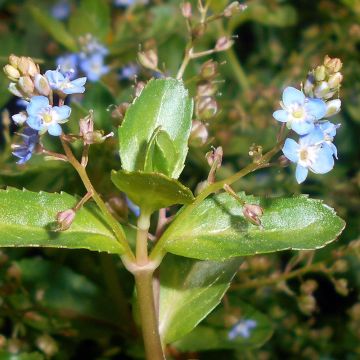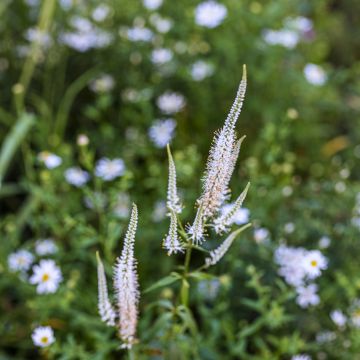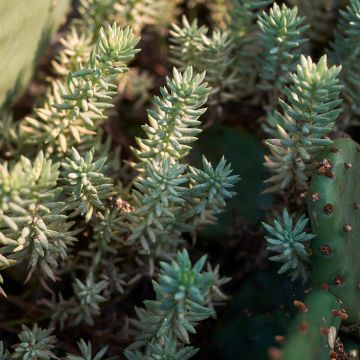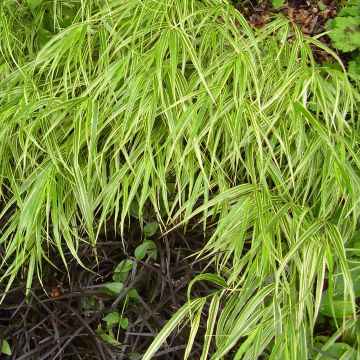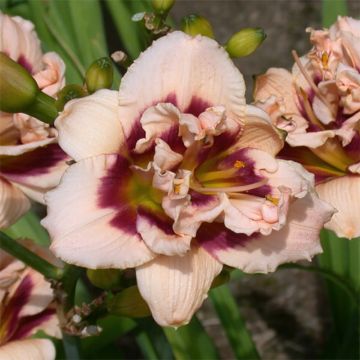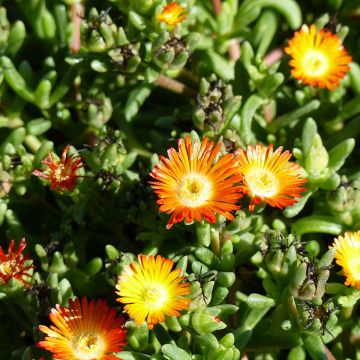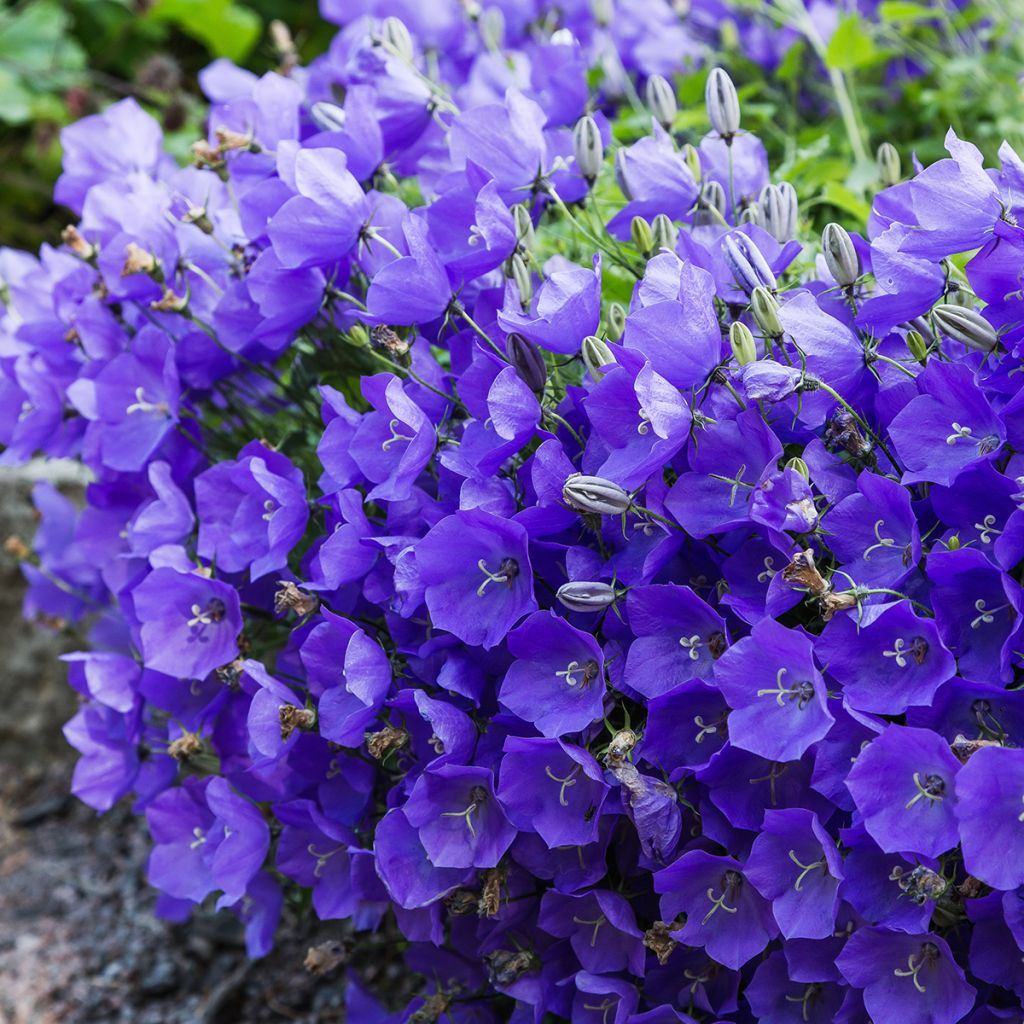

Campanula carpatica
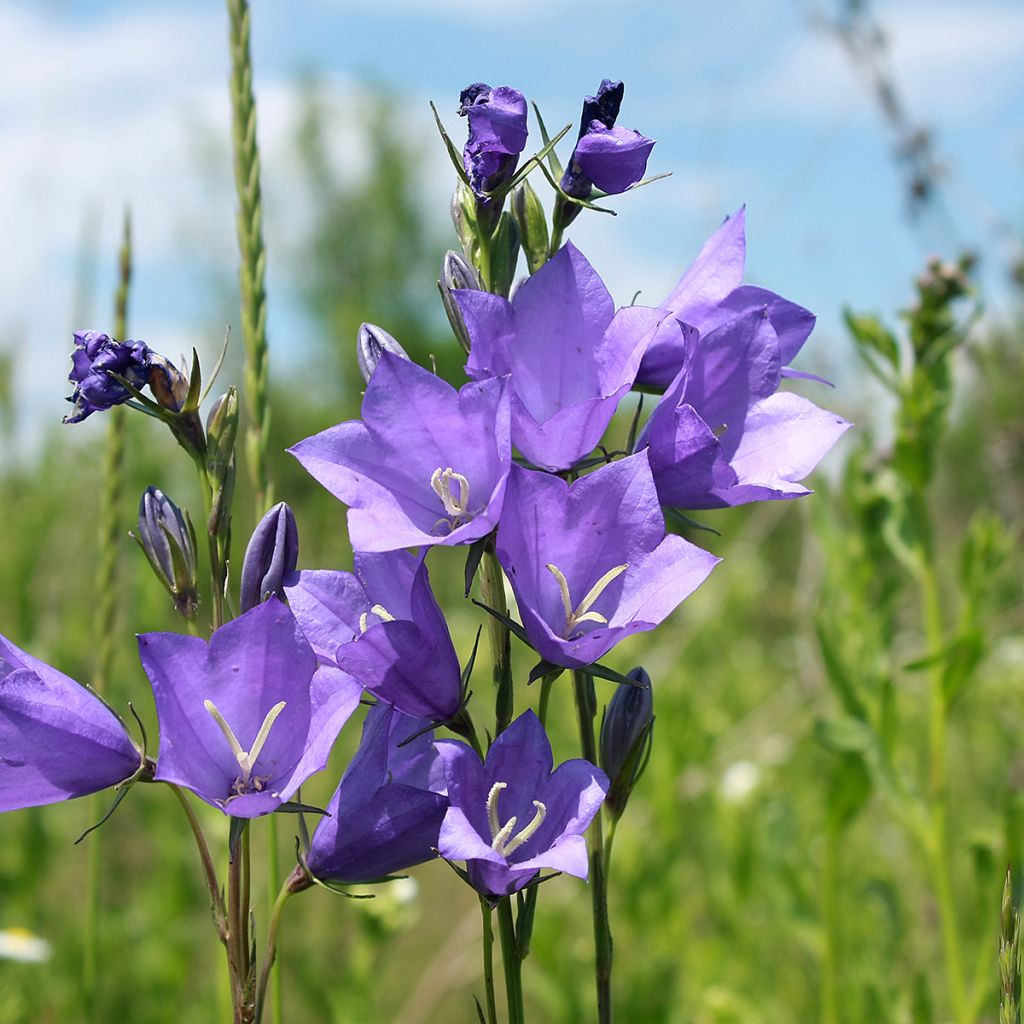

Campanula carpatica
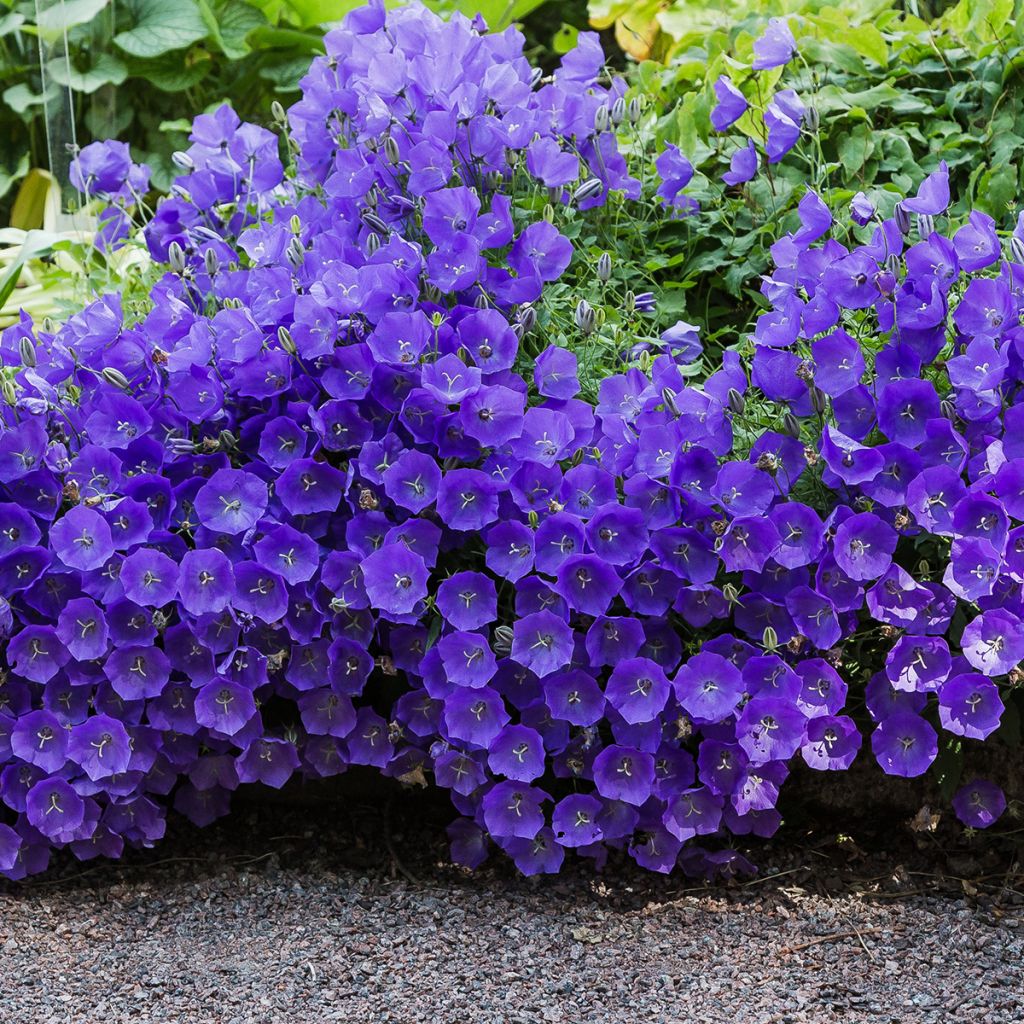

Campanula carpatica
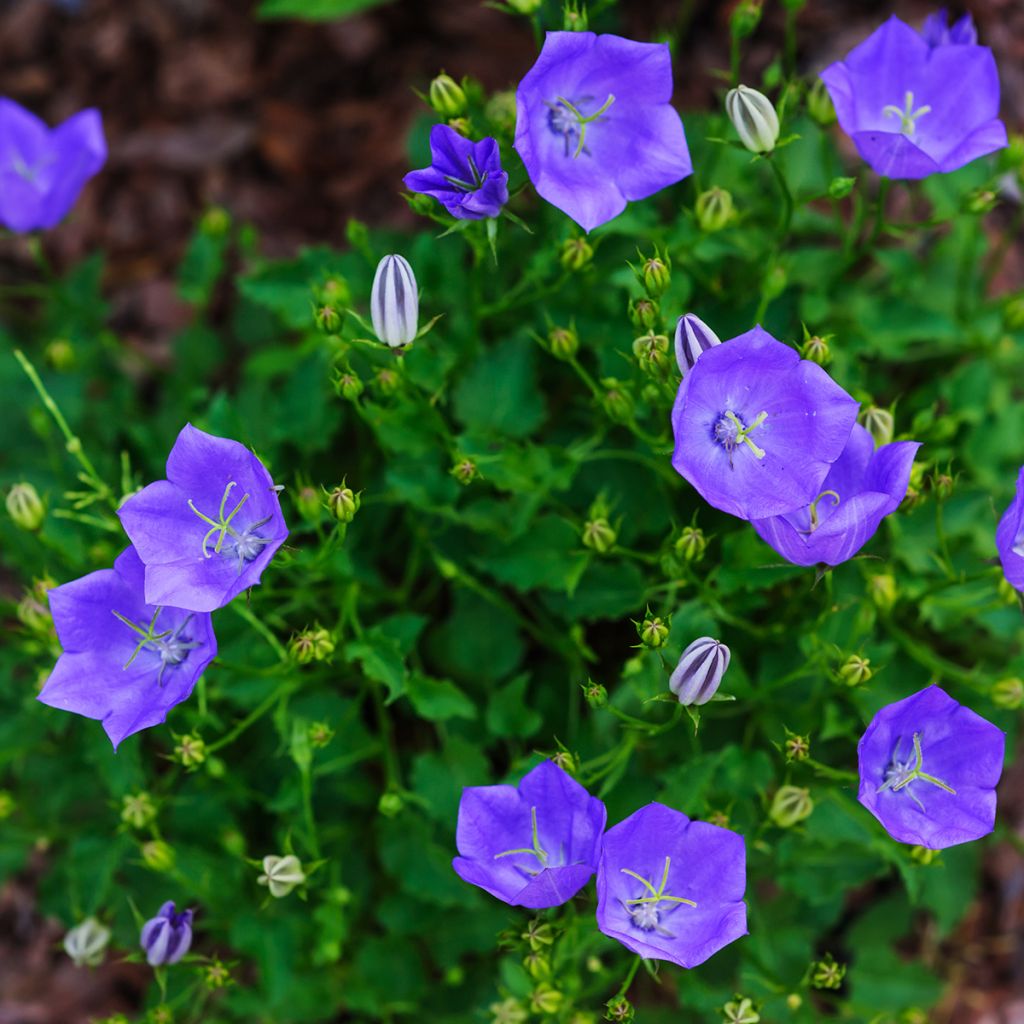

Campanula carpatica


Campanula carpatica
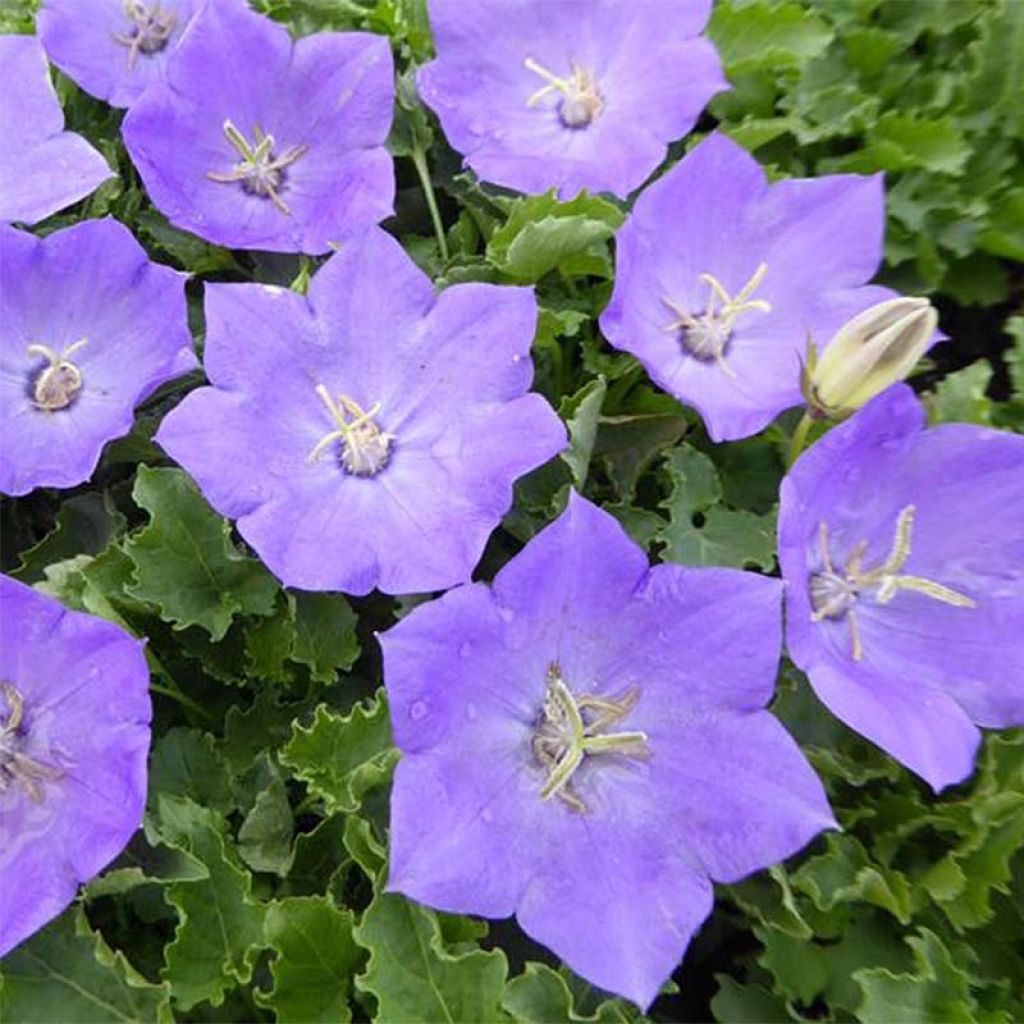

Campanula carpatica
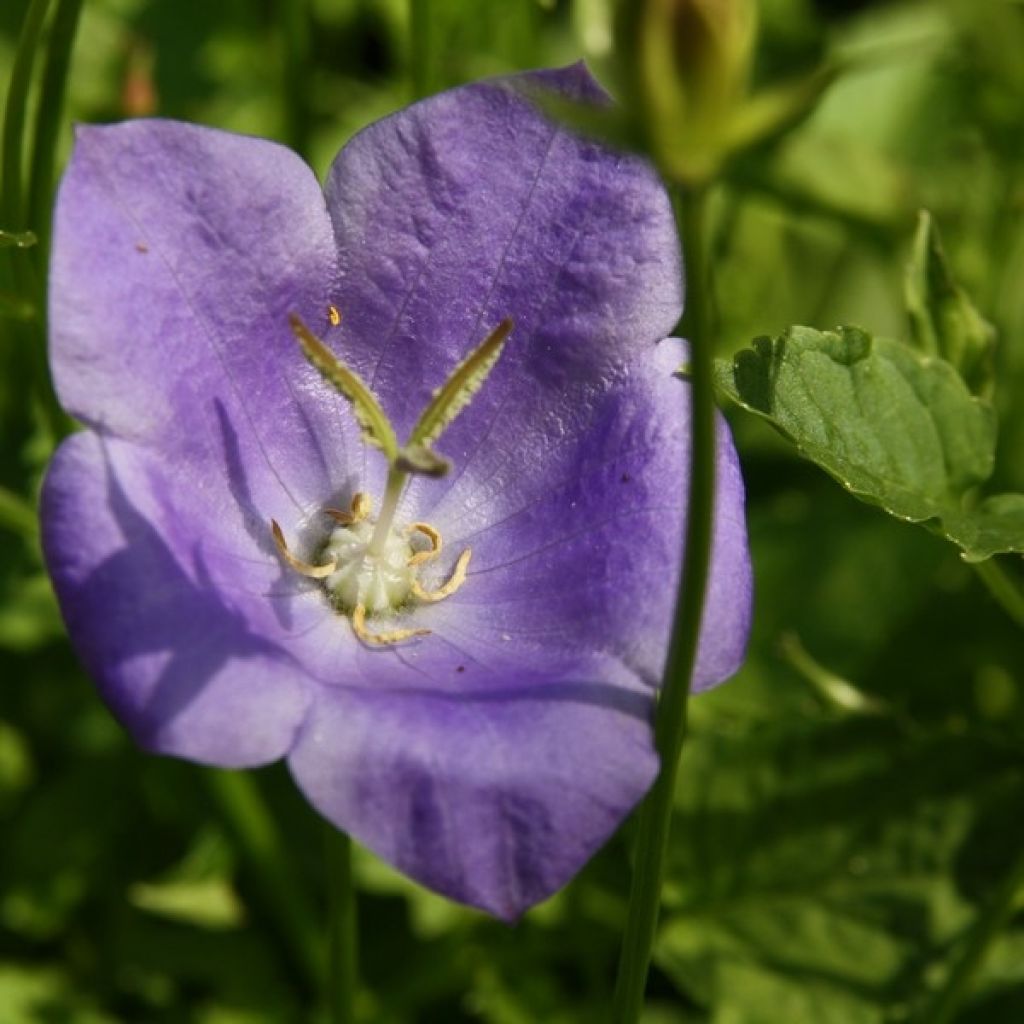

Campanula carpatica


Campanula carpatica
Campanula carpatica
Campanula carpatica
Tussock Bellflower
Thank you to the team who prepared my order! They are struggling to establish themselves and won't flower this year
Domiboop, 19/06/2025
Special offer!
Receive a €20 voucher for any order over €90 (excluding delivery costs, credit notes, and plastic-free options)!
1- Add your favorite plants to your cart.
2- Once you have reached €90, confirm your order (you can even choose the delivery date!).
3- As soon as your order is shipped, you will receive an email containing your voucher code, valid for 3 months (90 days).
Your voucher is unique and can only be used once, for any order with a minimum value of €20, excluding delivery costs.
Can be combined with other current offers, non-divisible and non-refundable.
Home or relay delivery (depending on size and destination)
Schedule delivery date,
and select date in basket
This plant carries a 12 months recovery warranty
More information
We guarantee the quality of our plants for a full growing cycle, and will replace at our expense any plant that fails to recover under normal climatic and planting conditions.

Would this plant suit my garden?
Set up your Plantfit profile →
Description
Compact and bushy, Carpathian bellflower or Campanula carpatica is a small perennial groundcover with abundant light blue bell-shaped flowers that completely hide its very green foliage from June to August. It is a semi-evergreen hardy perennial that thrives in well-drained but deep soils that stay moist in summer. It is ideal for rock gardens or borders, and on top of walls.
Campanula carpatica belongs to the Campanulaceae family. It is native to central Europe, specifically the Carpathian Mountains where it grows in limestone scree. It is a low-growing plant, reaching about 20 to 30 cm (8 to 12in) in height when in flower, with a spread of 30 cm (12in). It spreads through stolons and eventually forms large patches. Its rosettes of basal leaves spread without limit through branching and creeping stems that root in the soil. Flowering occurs from June to August in the form of small open bells, measuring 2.5 to 5 cm (1 to 2in) in diameter, a blue colour that fades slightly in the sun. The semi-evergreen foliage is very vibrant and shiny, consisting of rounded and finely toothed heart-shaped leaves.
Campanula carpatica prefers moist, light, and even chalky soil, but it dislikes stagnant humidity that causes root rot. It does not thrive in hot climates or dry summers. It is primarily a rock garden and border plant, similar to aubrietas with which it forms beautiful polychromatic cascades. It quickly fills cracks in paving and stone walls. It also adapts well to container or pot cultivation, in light and well-drained substrate.
About bellflowers:
In bellflowers, the root grows white stolons that spread underground in all directions ensuring the plant's long-term perenniality. The numerous upright stems that arise from this root or stolons can be fertile or sterile. Thus, when one sees a large population of bellflowers, it is often just the clone of a single individual. On the other hand, different species of bellflowers easily hybridize with each other and are often accompanied by a variety of intermediate forms, which makes them very interesting for horticulturists.
Report an error about the product description
Campanula carpatica in pictures
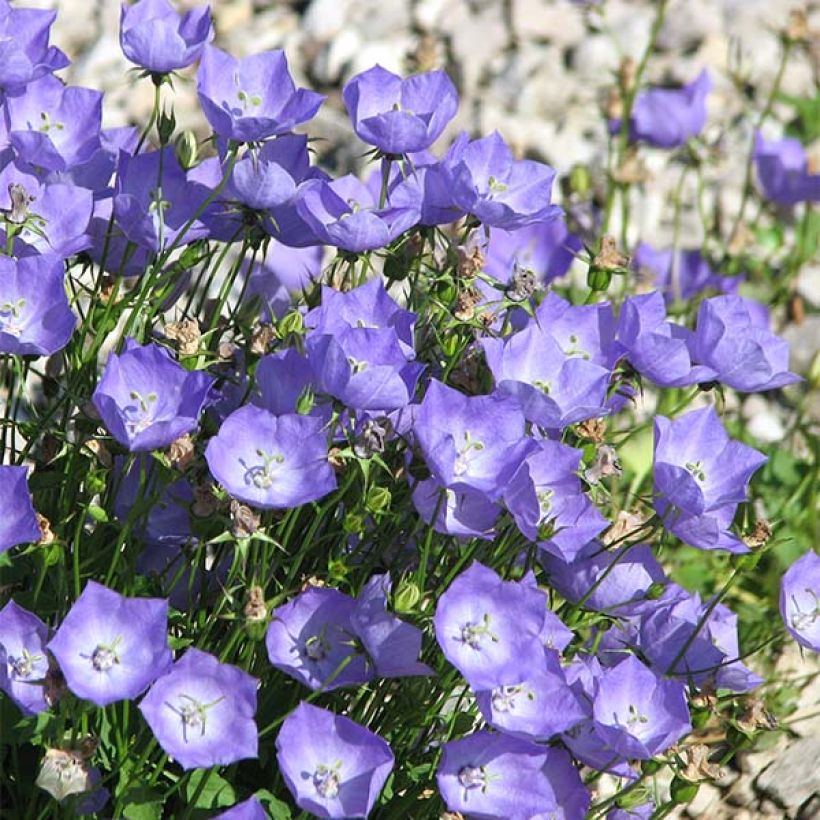



Flowering
Foliage
Plant habit
Botanical data
Campanula
carpatica
Campanulaceae
Tussock Bellflower
Central Europe
Planting and care
Campanula carpatica appreciates moist soils that are not too dry, even light and limestone, but it dislikes stagnant humidity that causes its roots to rot. It requires well-drained soil, slightly moist to thrive. You can plant it in non-scorching sunlight or partial shade, sheltered from strong winds that can dry it out. This mountain plant does not like excessively hot climates or dry summers. Be careful of attacks from slugs and snails in the spring. They can destroy a young plant that is not yet well established. Use organic controls or adopt toads that are also fond of slugs and snails!
Planting period
Intended location
Care
-
, onOrder confirmed
Reply from on Promesse de fleurs
Similar products
Haven't found what you were looking for?
Hardiness is the lowest winter temperature a plant can endure without suffering serious damage or even dying. However, hardiness is affected by location (a sheltered area, such as a patio), protection (winter cover) and soil type (hardiness is improved by well-drained soil).

Photo Sharing Terms & Conditions
In order to encourage gardeners to interact and share their experiences, Promesse de fleurs offers various media enabling content to be uploaded onto its Site - in particular via the ‘Photo sharing’ module.
The User agrees to refrain from:
- Posting any content that is illegal, prejudicial, insulting, racist, inciteful to hatred, revisionist, contrary to public decency, that infringes on privacy or on the privacy rights of third parties, in particular the publicity rights of persons and goods, intellectual property rights, or the right to privacy.
- Submitting content on behalf of a third party;
- Impersonate the identity of a third party and/or publish any personal information about a third party;
In general, the User undertakes to refrain from any unethical behaviour.
All Content (in particular text, comments, files, images, photos, videos, creative works, etc.), which may be subject to property or intellectual property rights, image or other private rights, shall remain the property of the User, subject to the limited rights granted by the terms of the licence granted by Promesse de fleurs as stated below. Users are at liberty to publish or not to publish such Content on the Site, notably via the ‘Photo Sharing’ facility, and accept that this Content shall be made public and freely accessible, notably on the Internet.
Users further acknowledge, undertake to have ,and guarantee that they hold all necessary rights and permissions to publish such material on the Site, in particular with regard to the legislation in force pertaining to any privacy, property, intellectual property, image, or contractual rights, or rights of any other nature. By publishing such Content on the Site, Users acknowledge accepting full liability as publishers of the Content within the meaning of the law, and grant Promesse de fleurs, free of charge, an inclusive, worldwide licence for the said Content for the entire duration of its publication, including all reproduction, representation, up/downloading, displaying, performing, transmission, and storage rights.
Users also grant permission for their name to be linked to the Content and accept that this link may not always be made available.
By engaging in posting material, Users consent to their Content becoming automatically accessible on the Internet, in particular on other sites and/or blogs and/or web pages of the Promesse de fleurs site, including in particular social pages and the Promesse de fleurs catalogue.
Users may secure the removal of entrusted content free of charge by issuing a simple request via our contact form.
The flowering period indicated on our website applies to countries and regions located in USDA zone 8 (France, the United Kingdom, Ireland, the Netherlands, etc.)
It will vary according to where you live:
- In zones 9 to 10 (Italy, Spain, Greece, etc.), flowering will occur about 2 to 4 weeks earlier.
- In zones 6 to 7 (Germany, Poland, Slovenia, and lower mountainous regions), flowering will be delayed by 2 to 3 weeks.
- In zone 5 (Central Europe, Scandinavia), blooming will be delayed by 3 to 5 weeks.
In temperate climates, pruning of spring-flowering shrubs (forsythia, spireas, etc.) should be done just after flowering.
Pruning of summer-flowering shrubs (Indian Lilac, Perovskia, etc.) can be done in winter or spring.
In cold regions as well as with frost-sensitive plants, avoid pruning too early when severe frosts may still occur.
The planting period indicated on our website applies to countries and regions located in USDA zone 8 (France, United Kingdom, Ireland, Netherlands).
It will vary according to where you live:
- In Mediterranean zones (Marseille, Madrid, Milan, etc.), autumn and winter are the best planting periods.
- In continental zones (Strasbourg, Munich, Vienna, etc.), delay planting by 2 to 3 weeks in spring and bring it forward by 2 to 4 weeks in autumn.
- In mountainous regions (the Alps, Pyrenees, Carpathians, etc.), it is best to plant in late spring (May-June) or late summer (August-September).
The harvesting period indicated on our website applies to countries and regions in USDA zone 8 (France, England, Ireland, the Netherlands).
In colder areas (Scandinavia, Poland, Austria...) fruit and vegetable harvests are likely to be delayed by 3-4 weeks.
In warmer areas (Italy, Spain, Greece, etc.), harvesting will probably take place earlier, depending on weather conditions.
The sowing periods indicated on our website apply to countries and regions within USDA Zone 8 (France, UK, Ireland, Netherlands).
In colder areas (Scandinavia, Poland, Austria...), delay any outdoor sowing by 3-4 weeks, or sow under glass.
In warmer climes (Italy, Spain, Greece, etc.), bring outdoor sowing forward by a few weeks.


































